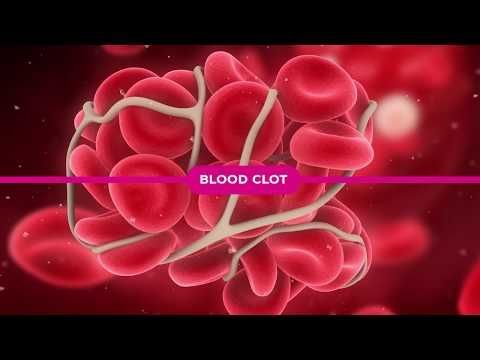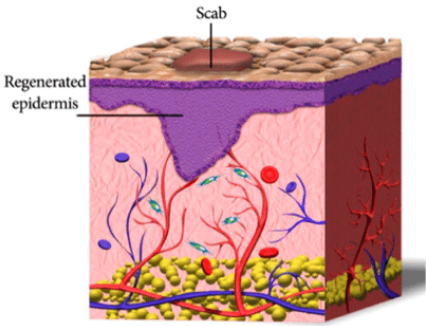Healing Stages
Wound healing is a complex process that involves replacing damaged tissue and cellular structures. It can be divided into three or four stages.
Signs that a wound is healing may include:
- Decrease in pain or tenderness,
- Smaller wound size,
- Normal skin color without redness or swelling, and
- No foul-smelling fluid (pus) draining out.
HEMOSTASIS

ACTIVITIES
- Hemostasis is the first stage in wound healing that occurs immediately and can last for two days.
- When an injury occurs, the initial phase is always an outpouring of lymphatic fluid and blood.
- Blood vessels constrict to stop bleeding, called vasoconstriction.
- Your body activates its blood clotting system to prevent loss of blood.
INFLAMMATION.

ACTIVITIES
- The inflammatory phase begins with hemostasis and chemotaxis.
- Inflammation both controls bleeding and prevents infection.
- The fluid engorgement allows healing and repair cells to move to the site of the wound.
- During the inflammatory phase, damaged cells, pathogens, and bacteria are removed from the wound area.
PROLIFERATION

ACTIVITIES
- The proliferative or granulation phase does not occur at a discrete time, but is ongoing all the time in the background.
- In the proliferation phase, the provisional wound matrix formed during hemostasis is replaced by granulation tissue.
- The fibroblasts have started to lay down new collagen and form the core of the wound to partially recover the structure and function of the wounded skin.
MATURATION

ACTIVITIES
- Maturation, or remodeling, is the final phase of wound healing.
- This phase involves remodeling of collagen from type III to type I and the wound fully closes.
- Cellular activity reduces and the number of blood vessels in the wounded area regress and decrease.
